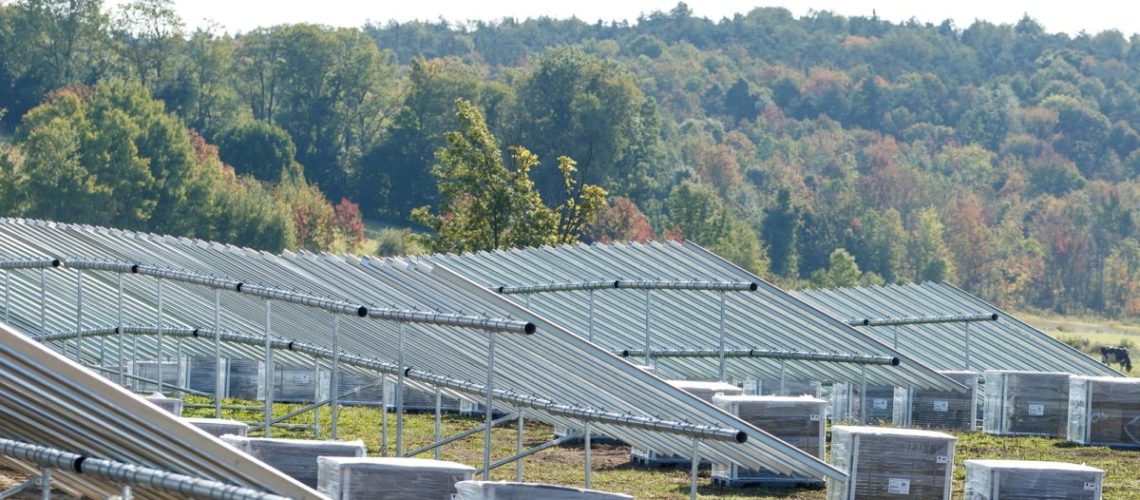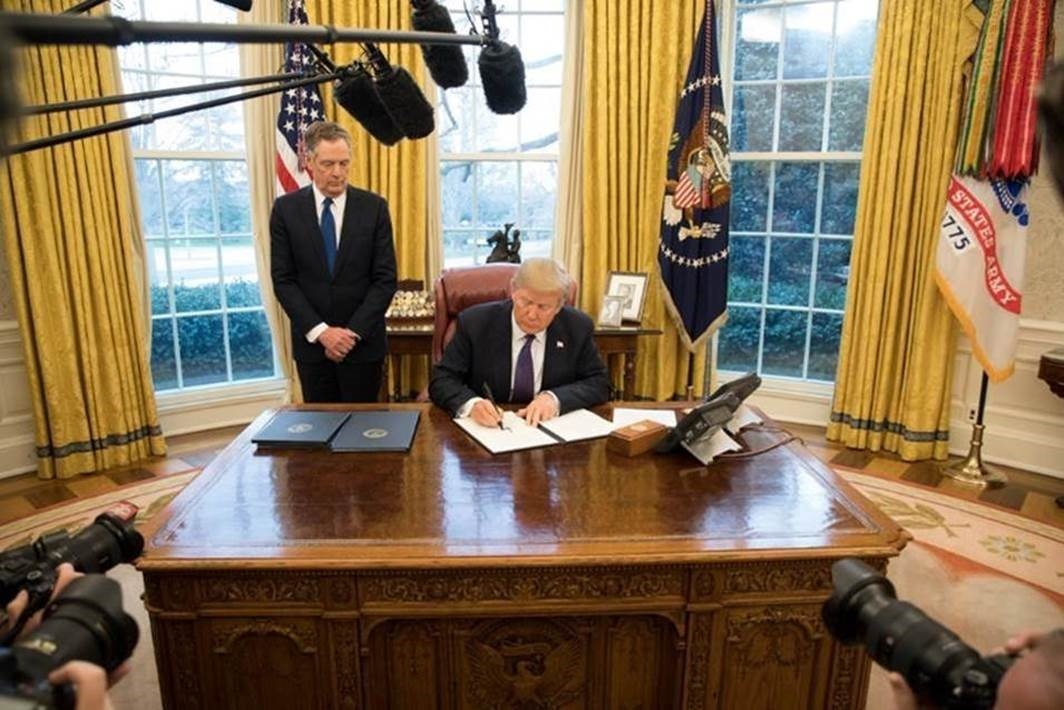In a volatile, supply-constrained environment, pricing and availability can change in an instant, sending buyers right back to the starting point. Ask a large energy buyer how to manage the solar procurement timeline, and the answer might go something like this: “Recently, if panels are available, we and our competitors are buying them within hours of hearing about the availability.”
The “buy first, ask questions later” strategy carries some risk. But so does almost every approach to solar procurement. Each step can take the buyer closer to a supply agreement that in turn leads to project profitability or deals a frustrating setback.
Experienced module buyers probably know the steps to take and the considerations to make, but as the graphic below suggests, procurement can sometimes feel like the children’s game, Chutes and Ladders. Even the most seasoned players can benefit from a refresh of the best practices and guiding strategies needed to navigate the ever-changing procurement process.
There are three key areas that impact a buyer’s success: visibility into the supply chain, buying power, and module value analysis. This article reviews the most important questions to ask at each step along the way.
How to play the procurement game
Data collection is the first step in the procurement process. Large-volume module buyers need to know which modules are available for purchase in line with their budgets and the timing for project development. They also need answers to questions such as:
- What are the electrical and mechanical characteristics of these modules?
- What are the purchasing terms and conditions?
There might be a procurement team responsible for data collection, or that work might be delegated to someone who has various responsibilities. Either way, most buyers have to contend with limited access to supplier data and poor data quality once their information is no longer up to date.
With a valid set of module data in hand, one can move to step two — data analysis. Some of the analysis can be completed in-house, such as verifying that equipment is compatible with the rest of the project components and overall system design. Other aspects of data analysis depend on third-party input, including the following:
- Has the combination of modules and racking been used in a previous project?
If not, the module manufacturer may need to show allowable mounting options.
- Has testing been done, and if so, is a test report available? If not, this could mean sending module samples to the racking supplier or vice versa for analysis.
Wait times for responses from suppliers can vary, and it often depends on the supplier and the buyer’s relationship with the supplier.
Performance engineering, the third step in solar procurement, helps module buyers evaluate the impact that selected equipment will have on energy production. If a project is financed, as most are, the financier will want to see independent test results answering questions such as:
- How is the module affected by light-induced degradation that occurs in the first hours or days that a module is exposed to sunlight?
- How do the modules respond to variations in temperature and irradiance, as reflected in PAN files?
For each module, it can take days or weeks to get third-party reports if they exist, and then the results must be vetted until there is enough confidence to proceed with the project. This itself is a multi-step process.
Here are the steps to ensure an accurate performance model:
- Verify that the PAN file was produced based on test data from a third-party lab.
- Then review the results to ensure that the lab followed accepted testing standards and confirm that the PAN file parameters produce a good match to the test results.
- Finally, compare the PAN file to the module datasheet to make sure the parameters match.
Leveraging buying power in procurement
The end of the procurement process is nearly in sight. But timeline management continues to be unpredictable and full of risk, which undercuts buying power for the module buyer.
The next step is vendor due diligence. In this fourth step, the questions to answer include:
- Are the financing parties involved in the deal satisfied with the bankability of the modules?
- Do the financing parties believe the quality of the vendor’s production process and its risk mitigation strategies, including the manufacturer’s warranty, are sufficient?
- Are the product reliability assessments convincing enough to win approval from financiers?
It’s also important to account for legal and regulatory compliance, such as the Uyghur Forced Labor Prevention Act (UFLPA), a law enacted in 2021 to keep goods produced in the Xinjiang Uyghur Autonomous Region of China, including raw materials used in solar modules, out of the U.S. market.
Contracting, step five, might be the riskiest step of all. So many resources have been invested to reach this point. And yet, a shift in module pricing or availability could send the buyer back to the start.
Module buyers might have to wait several months before they have a negotiated and executed supply agreement. Once again, it depends on the supplier and the buyer’s relationship with the supplier. All the while, none of the procurement terms can be guaranteed until the contracts are signed.
The inherent risk at this stage can put module buyers at a disadvantage when negotiating terms with the supplier. At this point, the questions to ask are:
- How long will it take to get signatures on a purchasing contract?
- Can the cost of shipping be quantified based on the manufacturer’s proposed terms in the supply agreement?
Using module NPV to optimize project value
If the data can be synthesized from each step in the procurement process, the value of different modules can be compared and that comparison can be used to optimize overall project value. The best way to do so is to determine each module’s net present value (NPV). NPV calculates an asset’s costs and projected income and assigns a present-day value, accounting for the fact that money has greater value now than it will in the future, a concept known as the time value of money.
Consider the purchasing terms learned during data collection. Terms that reduce capital costs will generally improve NPV. The data analysis performed in step two provides insight into labor and balance of system (BOS) impacts of a given module. Simple, streamlined installation processes also boost NPV.
Now it’s time to consider module degradation during performance engineering. As a general rule, NPV is higher when module degradation is lower. Degradation also affects project O&M. Higher degradation has the effect of driving down gross revenue.
Questions to ask to evaluate overall module value include:
- How do low-price modules stack up in terms of long-term energy output and revenue?
- Are there modules that aren’t the lowest cost, in terms of dollars per watt, but create the most project NPV?
- Which factors in module procurement (i.e., timing, brand, module risk) are most important to the success of the project?
- Are you struggling to find availability to satisfy the requirements of your projects?
Procurement solutions reduce risk
It might seem easy to take a do-it-yourself approach for some steps in the procurement process for a couple of module options. But doing a deep dive into all the module options can be time consuming.
What’s more, taking the time to eliminate production model ambiguity and deliver a trustworthy model that financiers are more likely to accept can slow the time to get to the finish line. Having a reliable procurement solution means not having to risk starting the game over again if some of the checklist steps are missed, or if something goes wrong.

Aaron Hall is a solar veteran with 22 years in the industry. He is currently president of Anza, a Borrego business that is an optimized online marketplace where large-scale solar module and energy storage equipment buyers can quickly see a list of vetted, attractively priced options maximized for net present value based on project inputs.





